| << Chapter < Page | Chapter >> Page > |
The sum of two vectors and can be constructed graphically by placing the initial point of at the terminal point of Then, the vector sum, is the vector with an initial point that coincides with the initial point of and has a terminal point that coincides with the terminal point of This operation is known as vector addition .
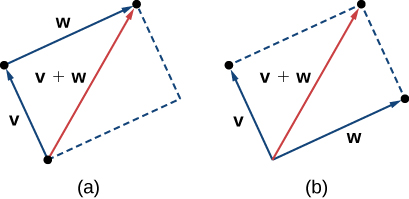
It is also appropriate here to discuss vector subtraction. We define as The vector is called the vector difference . Graphically, the vector is depicted by drawing a vector from the terminal point of to the terminal point of ( [link] ).
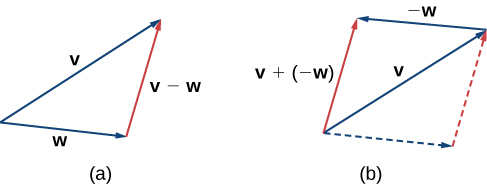
In [link] (a), the initial point of is the initial point of The terminal point of is the terminal point of These three vectors form the sides of a triangle. It follows that the length of any one side is less than the sum of the lengths of the remaining sides. So we have
This is known more generally as the triangle inequality . There is one case, however, when the resultant vector has the same magnitude as the sum of the magnitudes of and This happens only when and have the same direction.
Given the vectors and shown in [link] , sketch the vectors
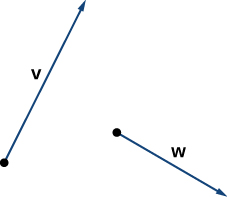
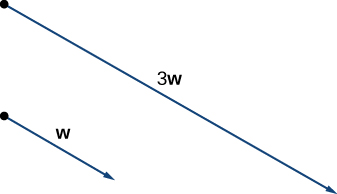
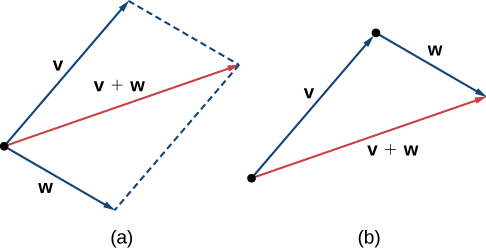
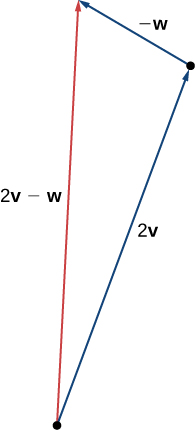
Working with vectors in a plane is easier when we are working in a coordinate system. When the initial points and terminal points of vectors are given in Cartesian coordinates, computations become straightforward.
Are and equivalent vectors?
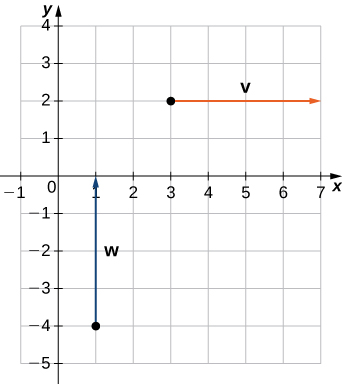
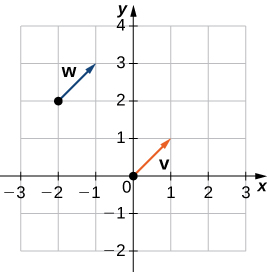

Notification Switch
Would you like to follow the 'Calculus volume 3' conversation and receive update notifications?